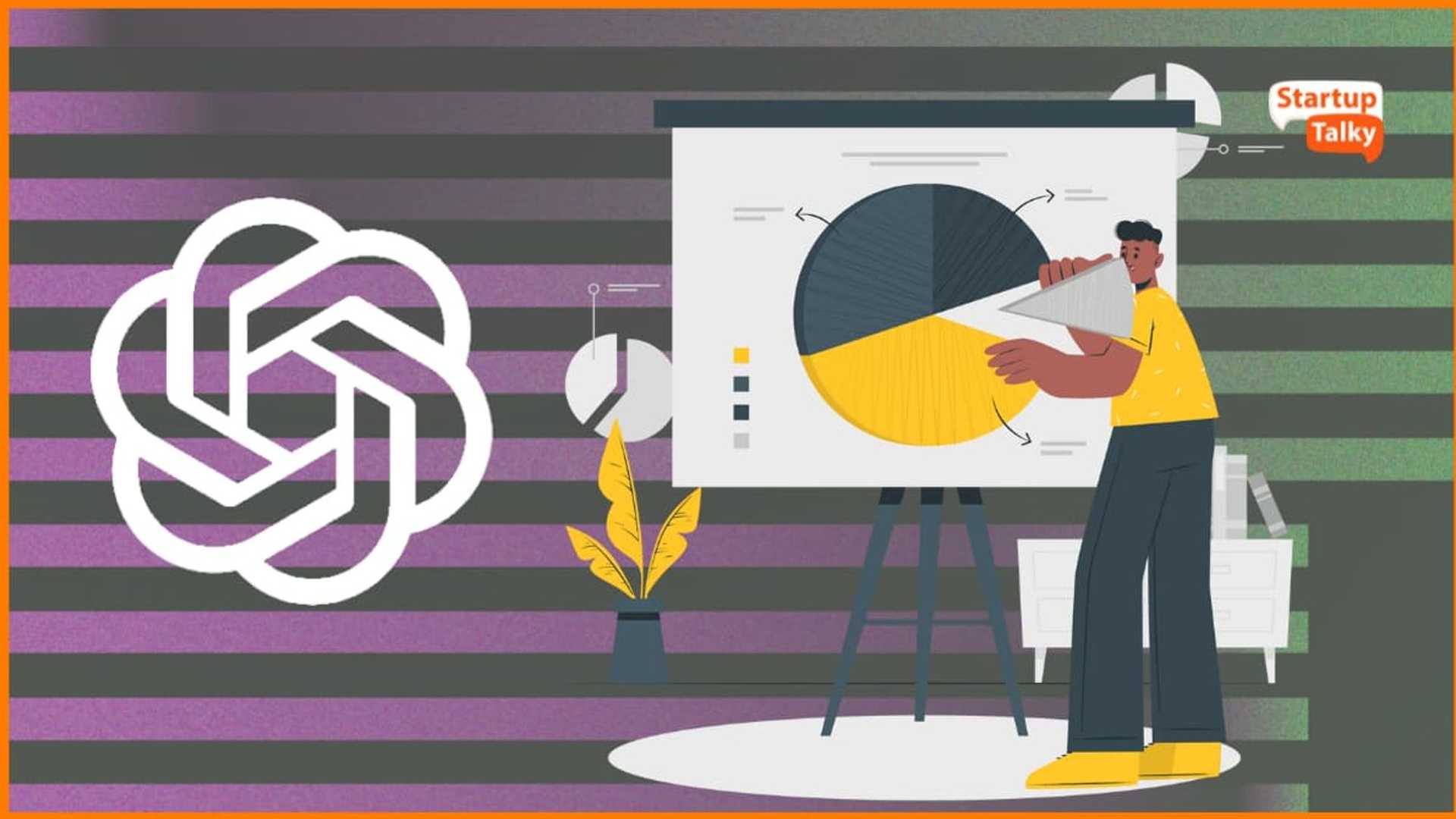ChatGPT in Numbers: 20 Impressive Statistics and Insights
ChatGPT is an extensive language model that has become incredibly popular. It was launched by San Francisco-based OpenAI Inc on November 30, 2022, and within just 5 days, it managed to cross 1 million users. Its popularity continues to grow, with over 100 million users in January 2023.
Why Is ChatGPT So Popular?
ChatGPT is designed to converse and is capable of natural language processing. It can understand rhetorical questions and sarcasm and is a generative AI that learns from its responses. Its versatility is one of the reasons behind its success. It can be used for multiple tasks including customer service, education, entertainment, creative content writing, amongst many others. Moreover, it is incredibly easy to use and provides responses that seem like you are talking to a human.
The Development of ChatGPT
ChatGPT's development is built on top of OpenAI's GPT-3.5 and GPT-4 foundational large language models. These LLMs have been fine-tuned using supervised and reinforcement learning techniques. However, the development of generative AI has been a process that has taken decades.
The earliest breakthrough in Generative AI came with the development of recurrent neural networks (RNNs), a type of AI that can process sequential data such as text and speech. By the 1990s, scientists had developed RNNs capable of generating text. A method for training RNNs to generate text similar to human-written text was introduced by Yoshua Bengio and Yann LeCun in 1991.
In the 2000s, scientists developed transformers, a new type of RNN that is particularly well-suited for natural language processing tasks. The Transformer architecture was first introduced in the paper "Attention Is All You Need" by (Ashish) Vaswani et al. (2017), and later, Ilya Sutskever developed (at Google Brain) the attention mechanism that is used in Transformers. Oriol Vinyals worked on the implementation of Transformers.
Lately, the development of increasingly sophisticated models such as OpenAI's GPT-2 (2019) and GPT-3 (2020) has been used to generate text nearly indistinguishable from that written by humans. OpenAI Inc. trained GPT-2 on a massive dataset of texts and codes of approximately 40GB in size and 1.5 billion parameters. The dataset used to train GPT-3 was even bigger— approx. 570GB of text and 175B parameters.
The Future of ChatGPT and AI
The success of ChatGPT is a testament to the power of AI. As AI evolves, we will likely see even more powerful and innovative tools like ChatGPT and ChatGPT Plus. Google might launch Bard AI for all users in May with their annual Google I/O meet. Microsoft has already integrated a sophisticated version of AI, based on the GPT-4 model, in its Bing search engine, and look how much more efficient it has become since then. Bard is an artificial intelligence chatbot developed by Google, based on the LaMDA (Language Model for Dialogue Applications).
The development of powerful AI tools can be incredibly beneficial to humans, and as AI continues to evolve, we can expect to see significant progress in the field.
- 100 million users in January 2023
- Crossed 1 million users within just 5 days of its launch
- Easy to use and conversational
- Versatile and suitable for multiple tasks including customer service, education, entertainment, creative content writing, amongst many others
- Built on top of OpenAI's GPT-3.5 and GPT-4
- Fine-tuned using supervised and reinforcement learning techniques
- Development of Generative AI has taken decades
- Transformers, a new type of RNN, are particularly well-suited for natural language processing tasks
- OpenAI's GPT-2 and GPT-3 capable of generating text nearly indistinguishable from that written by humans
- Google might launch Bard AI for all users in May with their annual Google I/O meet




















